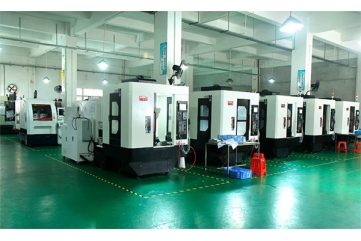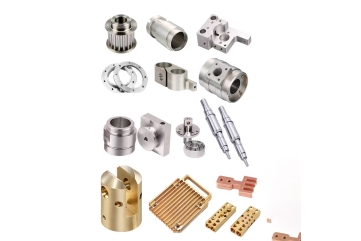Is die casting expensive?
The question “Is die casting expensive?” often arises in the minds of manufacturers and product designers alike, given its numerous applications in various industries. The truth is that die casting is a complex process with varying costs, depending on several factors.
Factors Influencing the Cost of Die Casting
Material Cost:
The type of metal or alloy used in die casting significantly impacts the overall cost. Precious metals like gold or platinum are inherently more expensive, whereas aluminum or zinc are relatively economical.
Tooling Costs:
Dies, or molds, are the heart of the die casting process. The cost of designing and manufacturing these dies can vary greatly, depending on the complexity of the part geometry. Simple dies are cheaper, while complex dies with intricate details can be quite expensive.
Production Volume:
Generally, die casting becomes more economical as the production volume increases. Higher volumes allow for the amortization of tooling costs over a larger number of parts.
Machining and Finishing:
Post-casting processes like machining, polishing, and coating can add to the cost of die casting. The complexity of these processes and the material requirements determine the extent of additional expenses.
Quality Standards:
Adherence to strict quality standards and inspections can lead to increased costs. However, it also ensures a reliable and defect-free product, which often pays off in the long run.

Comparative Analysis
When compared to other metalworking processes like sand casting or forging, die casting often offers a faster and more precise method of production. While it may have a higher upfront cost due to tooling expenses, it can be more cost-effective in the long run for high-volume production.
Additionally, die casting allows for the production of complex parts with tight tolerances in a single step, eliminating the need for secondary machining. This further reduces overall costs and production time.
Mitigating the Cost of Die Casting
To mitigate the cost of die casting, manufacturers can adopt several strategies:
Optimize part design to reduce the complexity of dies and tooling.
Negotiate with suppliers for better material prices and terms.
Implement lean manufacturing practices to reduce waste and improve efficiency.
Invest in automation and advanced technologies to increase production capacity and reduce labor costs.
In summary, die casting can be considered an economical process when considering the benefits it offers, especially in terms of precision, repeatability, and speed of production. While there are initial investments in tooling and dies, these costs can be amortized over a high-volume production run. Additionally, by optimizing part design, negotiating with suppliers, and implementing lean manufacturing practices, manufacturers can further reduce the overall cost of die casting.




